How to Hold a Baby
Holding a baby may be quite the task for some people, especially if they’ve never done it before. While the process itself isn’t that difficult, you still need to remember a couple of safety rules as not to harm the child. 5-Minute Crafts gathered several different ways to hold your baby so you can find the perfect position for any situation.
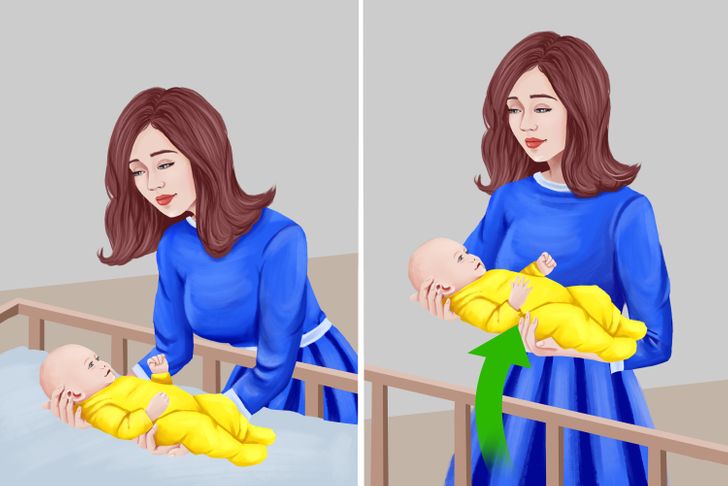
Before you take the baby, make sure you’re ready by doing the following:
- Wash your hands because your baby’s immune system is still developing. You don’t want any harmful germs to end up on your child.
- Make sure you’re in a comfortable position, feel confident, and are mentally ready to hold the baby.
- Always support the head and the neck of the baby. The baby’s neck muscles won’t be strong enough to support their head without additional help until they’re 4-6 months old.
- When you lift the baby, put one hand under their head and neck, and support their back and bottom with the other arm. Lift the baby up to your chest level.
- Don’t hold the baby when you’re cooking or have something hot in your hands.

- Carefully place the baby’s head into the crook of your elbow and move down the hand that the baby is lying on to support their back and hips. You can use your other hand for additional support if needed.
- This position is great for newborns during their first weeks of life.
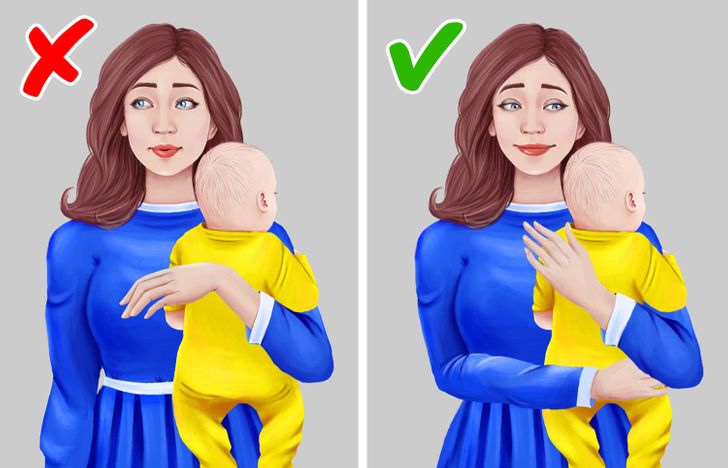
- Keep your baby parallel to your body and lift them up so that their head is level with your shoulder.
- Put the baby’s head just above your shoulder. Make sure their head isn’t resting on your chest or on your shoulder directly. Otherwise, you have to pay attention to their face to avoid breathing problems and to prevent parts of your clothes from getting into your baby’s mouth.
- Support the baby’s head and neck with one of your hands and keep the other hand under the baby’s bottom. Make sure you always support the baby’s head.
- This position allows your baby to hear your heartbeat and is great for sleeping.
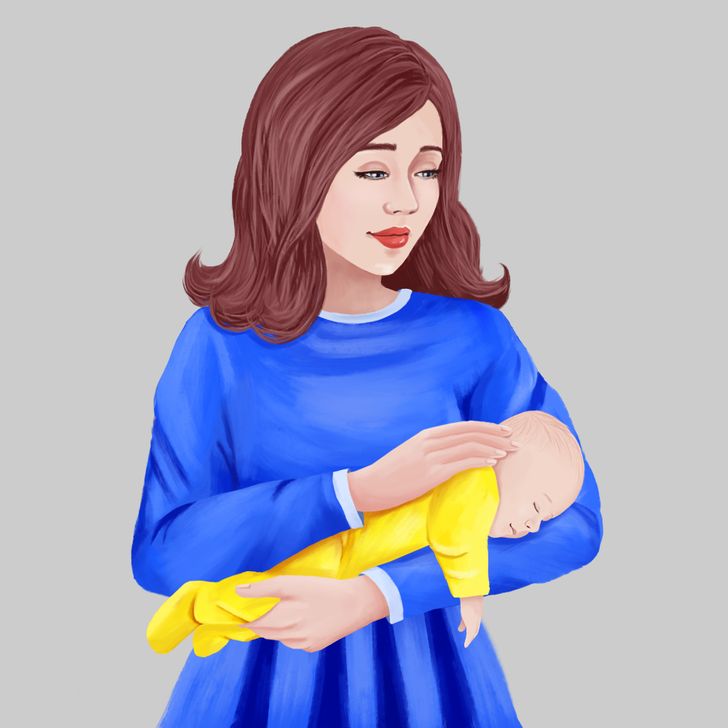
- Put your baby on your forearm with their belly facing down. The baby’s head should be placed in the crook of your elbow. The baby should be facing outward.
- Use your free hand to pat the baby or to make their position more secure by putting your arm across their back or between their legs.
- This position is perfect when your baby is gassy.
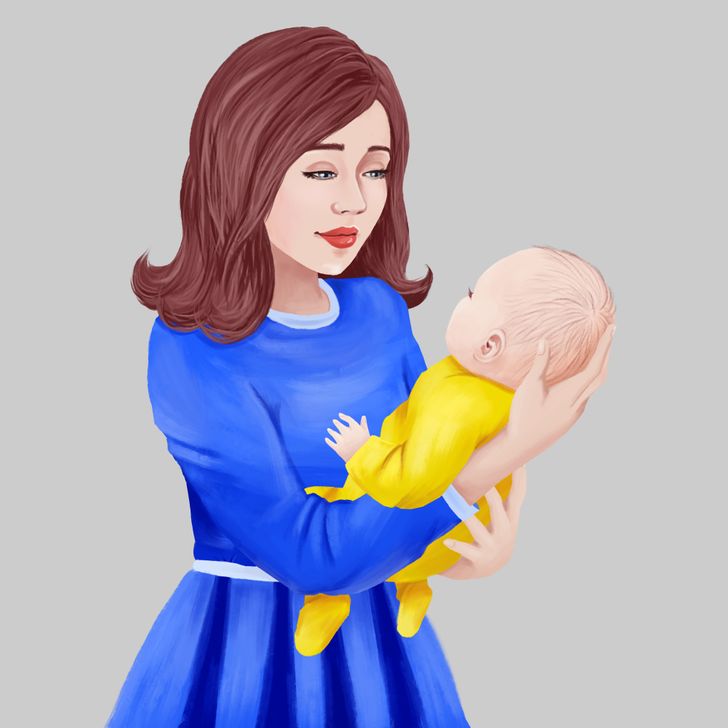
- Place your hand under the baby’s head and neck to provide support.
- Place your other arm under the baby’s spine and bottom.
- Keep the baby slightly below your chest level, facing you.
- This position is perfect when you want to interact and play with your baby.
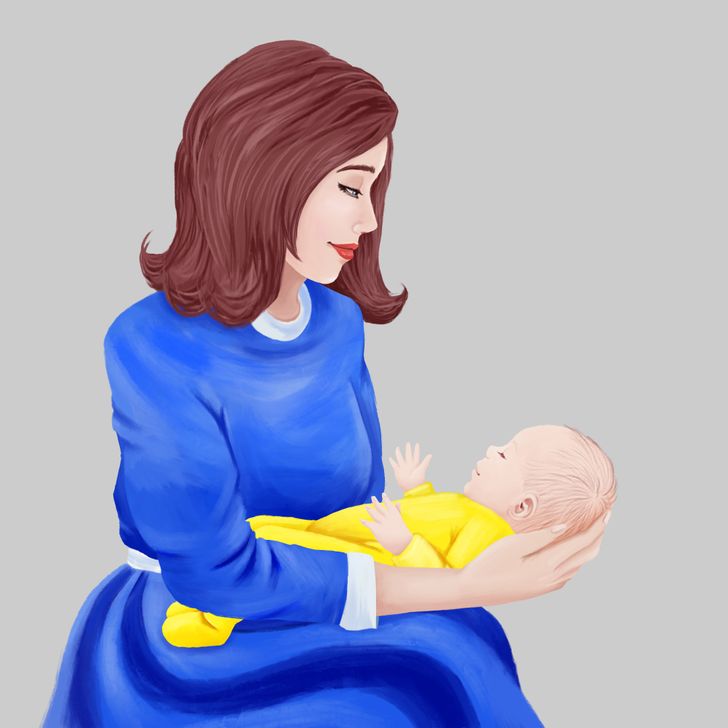
- Sit on a chair and make sure that your position is stable and that your feet are pressed tightly to the floor. Take your baby and put them onto your lap.
- The baby’s head should be located at your knees. The baby should be facing up.
- Put your hands under the baby’s head to support it. Rest the baby’s body on your forearms.
- The baby’s feet should be pushing on your waist area.
- This is a great way to hold a baby when you’re sitting down.
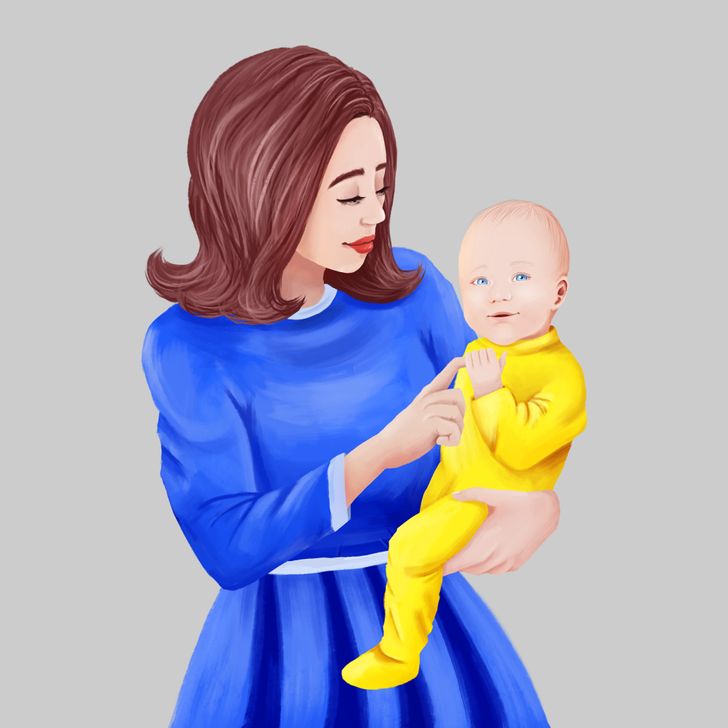
Note: Use this type of hold only if your baby has developed good head and neck support.
- Sit the baby on one of your hip bones.
- Wrap the corresponding arm around the baby’s waist and support the baby’s bottom with the same arm.
- You can use the other arm to additionally support the baby if you need to.
- This position allows your baby to freely look around.
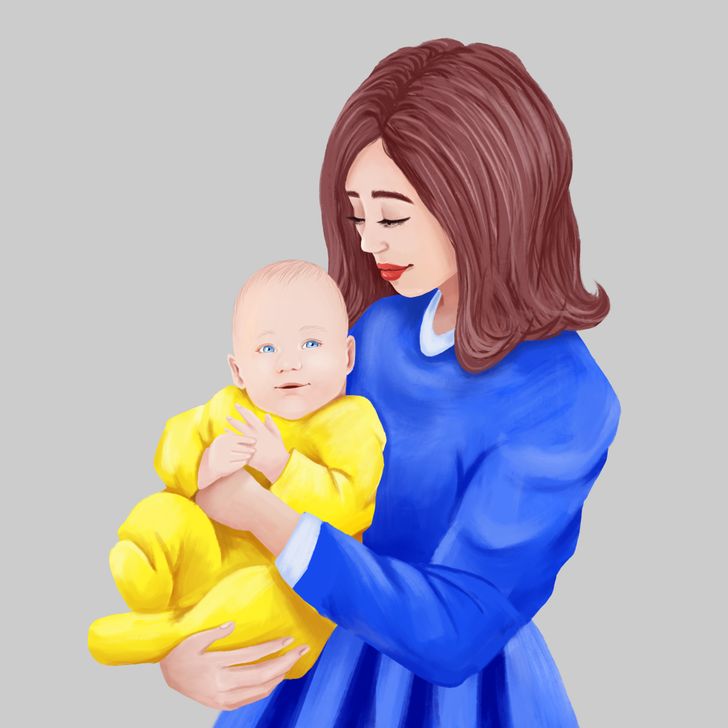
Note: It’s better not to use this position with babies under 3 months old.
- Take your baby in your hands so that they’re facing forward.
- Let the baby lean on your chest for good head and neck support. Place one of your arms under the baby’s bottom and the other one across their chest to prevent them from moving too much and falling down.
- This type of hold is perfect for curious babies who love to discover the world around them.
Check out these smart hacks and gadgets for parents
Share This Article